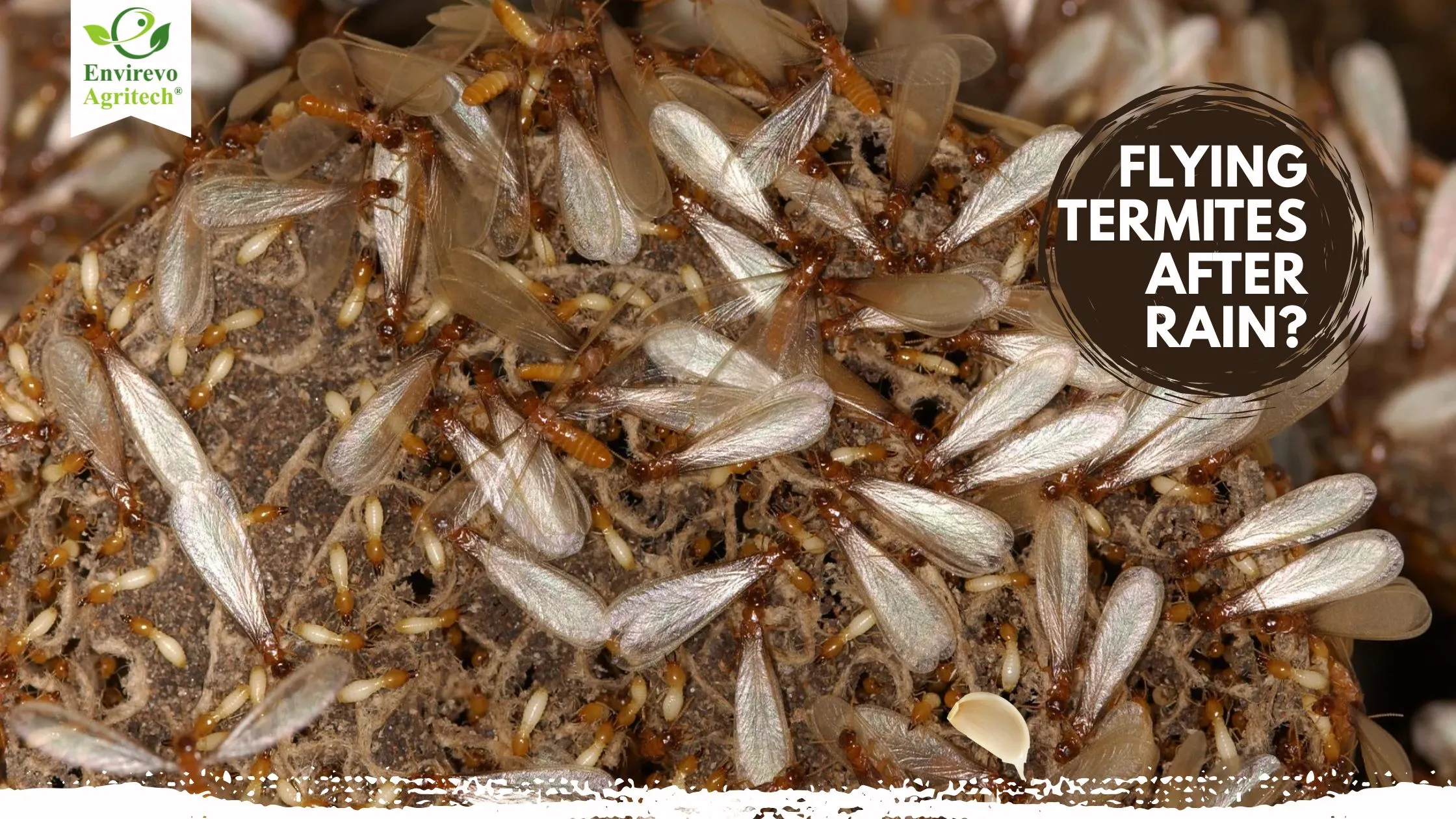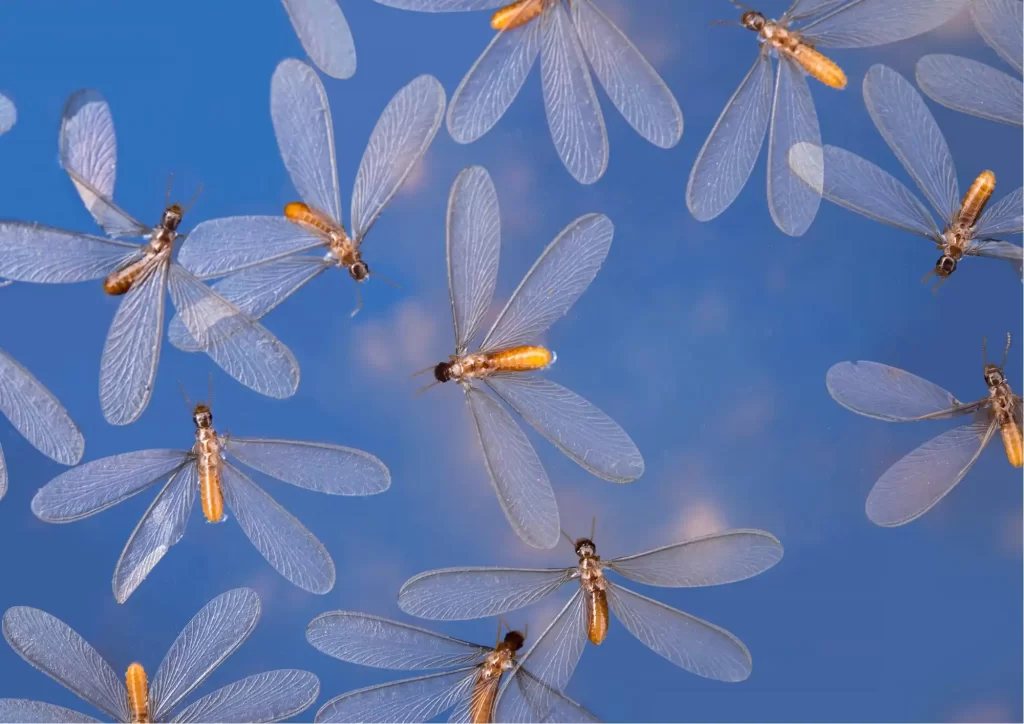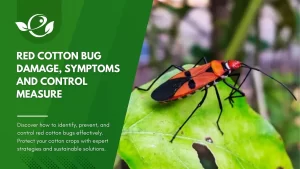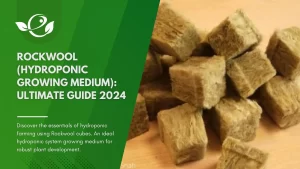Table of Contents
If you’ve ever turned on your porch light on a humid evening and spotted a flurry of winged insects swarming the glow, there’s a good chance you’ve encountered flying termites. These airborne invaders may look harmless at first glance, but their presence often signals something much more serious—an active or developing termite infestation.
While subterranean termites often do their dirty work out of sight, flying termites—or alates—are the visible, reproductive members of a colony. Their appearance isn’t just an inconvenience; it’s a warning sign that the colony is mature and potentially ready to expand—possibly into your home. In this comprehensive guide, we’ll break down exactly what flying termites are, how to identify them, and most importantly, how to get rid of them fast and protect your property from future infestations.
What Are Flying Termites?
Flying termites, or alates, are reproductive adult termites that leave their nest in swarms to mate and start new colonies. This natural phenomenon is known as swarming, and it typically happens once or twice a year under the right weather conditions—usually after rain and in warm, humid climates.
Unlike worker and soldier termites, flying termites are equipped with two pairs of long, equal-sized wings that extend beyond their bodies. These wings are fragile and often shed after a short flight, which is why you’ll frequently find discarded wings near windowsills or light sources after a swarm.
Termite colonies produce alates once they reach maturity—often after several years of growth. When conditions are right, hundreds or even thousands of alates will take flight in search of mates. Once paired, they shed their wings and attempt to burrow into wood or soil to start a new colony. The emergence of flying termites is a critical point in the termite life cycle—and a red flag for homeowners.
Why Are Flying Termites a Problem?
The presence of flying termites indicates that a colony has reached a stage of maturity that allows it to reproduce. While this may not sound like an immediate threat, it’s actually a serious problem. A mature colony can house anywhere from 60,000 to over a million termites, all feeding on wood 24/7. Flying termites themselves may not do damage directly, but they are a clear sign that a hidden infestation could already be active nearby—and if it’s not yet inside your home, it soon could be.
Termites cause billions of dollars in structural damage globally each year. Unlike many pests that feed externally, termites eat from the inside out. This means wooden structures can appear sound while being structurally compromised. What’s worse is that termite damage is often not covered by homeowners’ insurance policies, making early detection and elimination especially important.
Moreover, flying termites are not just limited to homes with wooden framing. They can invade any property with wood, paper, cellulose-based insulation, or even drywall. They don’t discriminate between old and new construction. Once inside, they build colonies in hidden areas, often going unnoticed until substantial damage has already occurred.
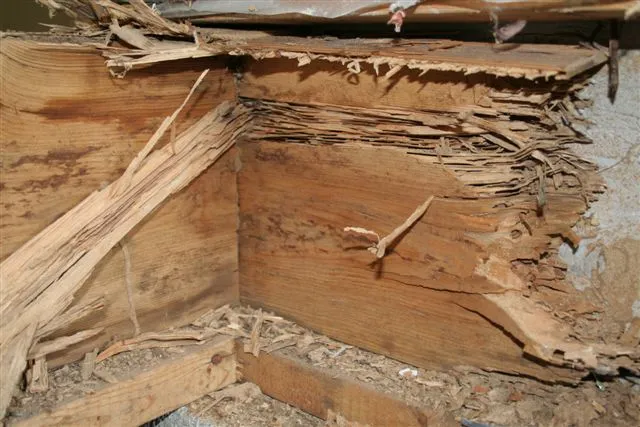

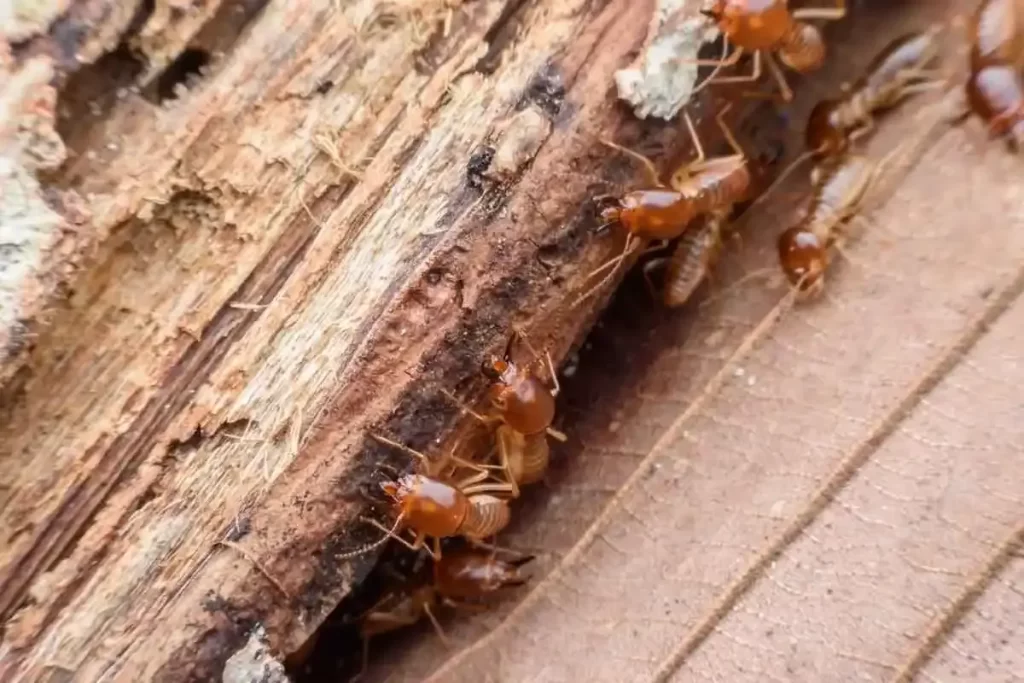
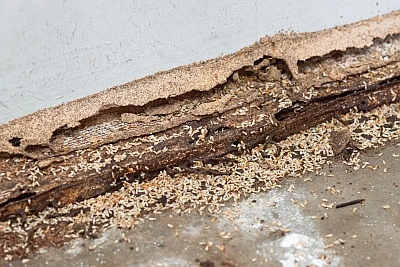
How to Identify Flying Termites
Correct identification is the first step in handling a potential infestation. Flying termites are often confused with flying ants, but there are some clear differences.
Key Characteristics of Flying Termites:
- Wings: Two pairs of equal-sized wings that are long, translucent, and veined.
- Body Shape: Straight, soft body with a uniform width (no waist).
- Antennae: Straight or slightly curved, beaded appearance.
- Color: Usually pale brown to black, depending on species.
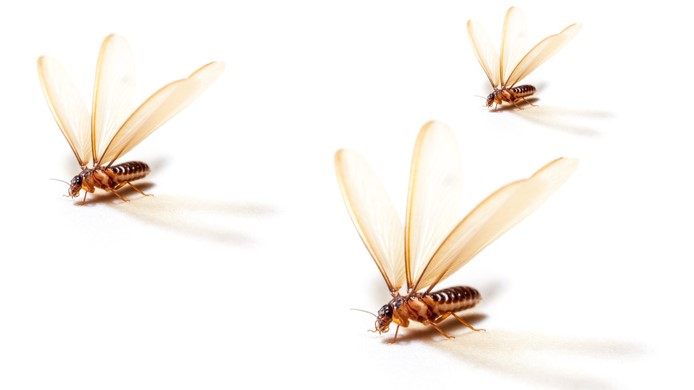
| Feature | Flying Termites | Flying Ants |
|---|---|---|
| Wing Size | Both pairs equal in length | Front wings larger |
| Antennae Shape | Straight, bead-like | Elbowed |
| Body Shape | Uniform, thick waist | Pinched waist |
| Wing Texture | Fragile, easily shed | Sturdier |
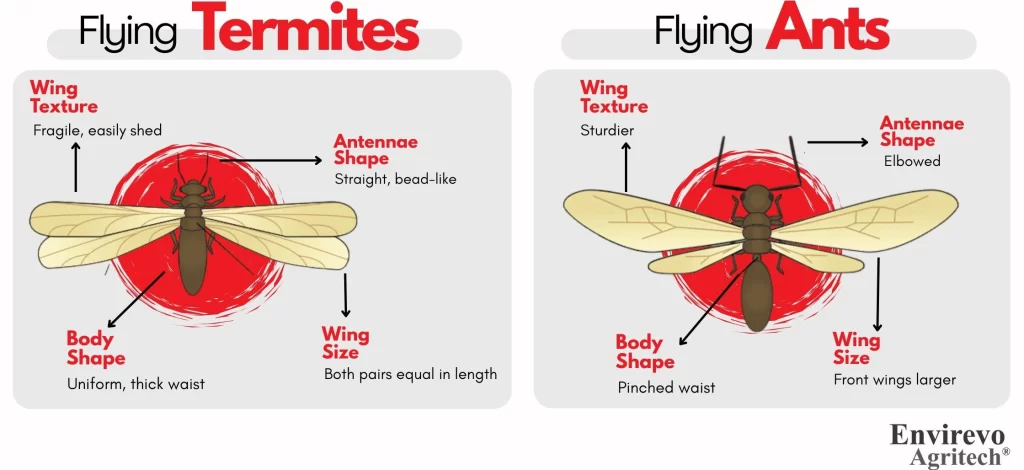
If you find discarded wings near light fixtures, windows, or on the floor, that’s a strong indicator that a swarm occurred recently. Use a magnifying glass to compare the characteristics and confirm whether you’re dealing with termites or ants.
What Attracts Flying Termites to Your Home?
Understanding what draws flying termites to your home is essential for prevention. Several environmental and structural conditions make your property a target.
1. Moisture and Humidity
Flying termites are highly attracted to moist environments. Leaky pipes, damp basements, poor drainage systems, and standing water can all provide ideal conditions for termites to thrive. Subterranean termites especially need moisture to survive, and damp wood becomes an ideal nesting material.
2. Light Sources
Like many flying insects, alates are drawn to light. Outdoor porch lights, garden lamps, and even indoor lighting seen through windows can lure them toward your property. Swarming typically happens at dusk or early evening, coinciding with artificial lighting hours.
3. Wooden Structures and Cellulose Materials
Any wood in contact with the ground—such as fences, deck posts, or woodpiles—is an open invitation. Even mulch made from wood chips or cardboard boxes stored in the garage can attract termites.
4. Cracks and Crevices
Termites can enter through even the tiniest gaps. Cracked foundations, improperly sealed windows or doors, and expansion joints in concrete slabs all offer entry points. Once inside, they can remain undetected as they expand their colony.
What to Do Immediately If You See Flying Termites
Spotting flying termites is not a reason to panic, but it is cause for immediate action. The following steps can help limit their impact and begin your treatment strategy.
- Capture a Few Specimens – Place some of the flying insects in a sealed container to aid in professional identification. Don’t rely solely on guesswork.
- Seal Entry Points – Use caulk or sealant to close visible cracks, gaps, or damaged wood areas, especially around doors, windows, and utility openings.
- Turn Off Outdoor Lights – Dim or switch off porch lights temporarily to reduce attraction. Close blinds and curtains in the evening.
- Remove Moisture Sources – Fix leaks, improve ventilation in crawl spaces and attics, and run a dehumidifier if needed.
- Inspect for Wings and Damage – Check baseboards, window frames, attic beams, and crawl spaces for shed wings or frass (termite droppings).
How to Get Rid of Flying Termites FAST
Now comes the core issue—how to eliminate flying termites effectively and prevent them from establishing a colony in your home. Depending on the severity of the situation, you can opt for natural, chemical, or professional solutions.
Natural Remedies for Minor Infestations
If you’ve spotted only a handful of flying termites and found no evidence of nesting or damage, try these eco-friendly methods:
- Neem Oil or Orange Oil Sprays: These oils contain compounds like d-limonene that are toxic to termites but safe for humans and pets. Spray directly on flying termites or onto areas where they might enter.
- Vinegar and Lemon Juice: A mix of equal parts white vinegar and lemon juice can be sprayed along window sills, door frames, and baseboards. This mix kills on contact and helps repel future invaders.
- Boric Acid Powder: Boric acid acts as a slow-acting poison that disrupts the termite digestive system. Dust it into crevices and near wood piles or furniture where termites may land.
Chemical Treatments for Faster Results
When the infestation seems more serious, chemical interventions can deliver faster and more lasting results.
- Termiticides: Use a non-repellent termiticide (like fipronil or imidacloprid) around the perimeter of your home. These substances are undetectable to termites and are spread throughout the colony by contact.
- Insecticidal Spray: Aerosol insecticides labeled for termites can be used to kill flying termites on contact. Use these near windows, doorways, and vents where termites are active.
- Bait Station: Place termite bait stations near known activity zones. These contain slow-acting poisons that worker termites carry back to the colony, killing the queen and halting reproduction.
Professional Pest Control Services
If you’ve seen frequent swarms or found structural damage, it’s time to call in the professionals. Licensed exterminators can perform a thorough inspection, identify nesting locations, and recommend the best course of action—whether it’s fumigation, soil treatment, or localized spot treatments.
Professional exterminators use industrial-grade chemicals and tools not available to the public. In many cases, they also offer a guarantee, giving you peace of mind that the problem won’t recur soon.
Preventing Future Flying Termite Infestations
Preventing future swarms is just as important as removing existing threats. Adopt the following long-term prevention measures:
- Eliminate Moisture Sources: Fix leaky faucets, ensure proper drainage around your foundation, and improve air circulation in attics and crawl spaces. Installing vapor barriers and sump pumps can help reduce underground moisture.
- Wood Maintenance: Avoid wood-to-soil contact. Raise wooden structures like decks and sheds using concrete or metal posts. Store firewood at least 20 feet away from your home and off the ground.
- Regular Inspections: Schedule annual termite inspections from a licensed pest control company. Early detection is your best defense against extensive damage.
- Seal Entry Points: Close off any cracks, holes, or entry routes. Pay special attention to the base of your house, roof joints, and wall penetrations for cables or pipes.
- Use Termite-Resistant Materials: When renovating or building, choose termite-resistant woods like teak or redwood. Also consider using treated lumber for added protection.
For more information or to book a termite inspection, call on (08) 9336 6944
Final Thoughts
Flying termites are not just a seasonal nuisance—they’re an alarm bell for homeowners. Their presence indicates that a termite colony has matured and is now ready to multiply. While you may be tempted to simply swat them away, taking fast and decisive action can save you thousands in potential structural repairs.
Whether you go the DIY route or hire professionals, the key to protecting your home lies in immediate intervention, proper identification, and long-term prevention. Don’t wait until it’s too late—if you’ve seen flying termites, it’s time to act now.
